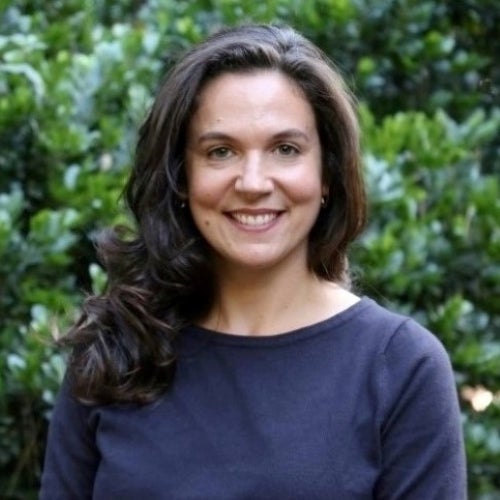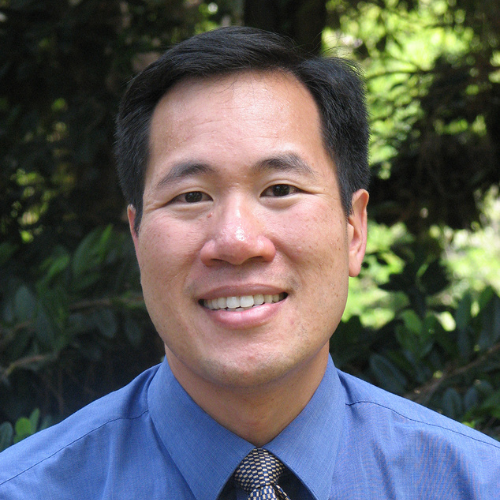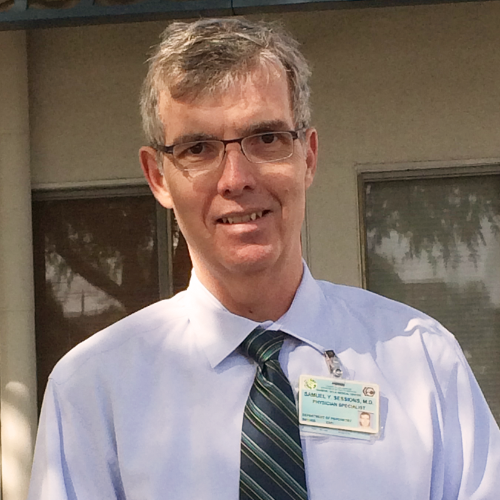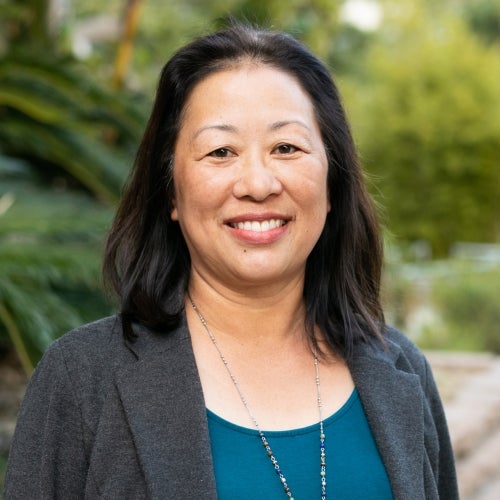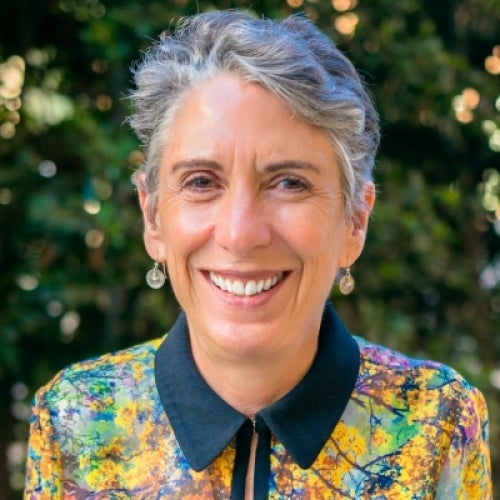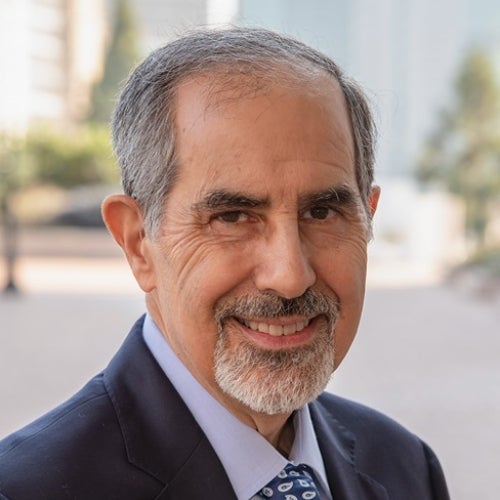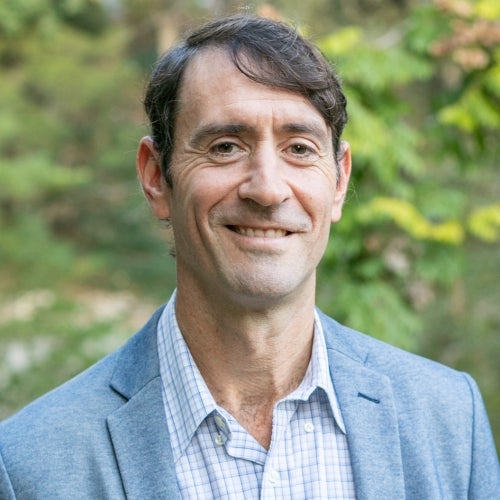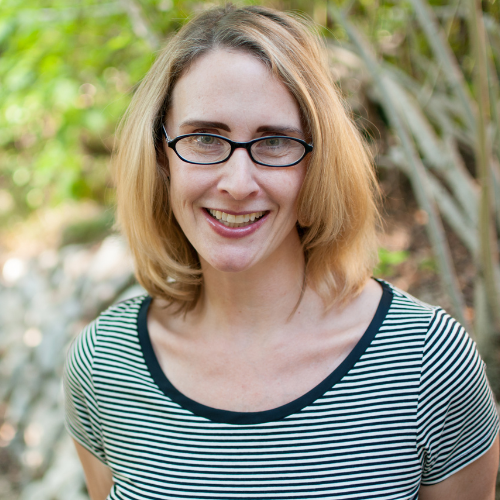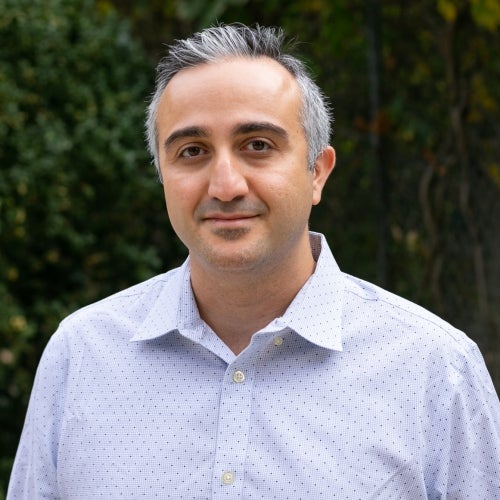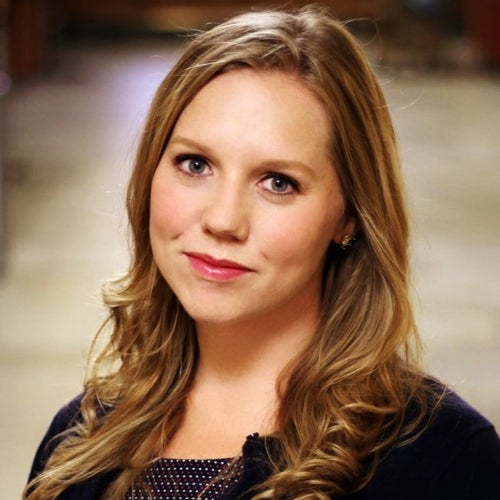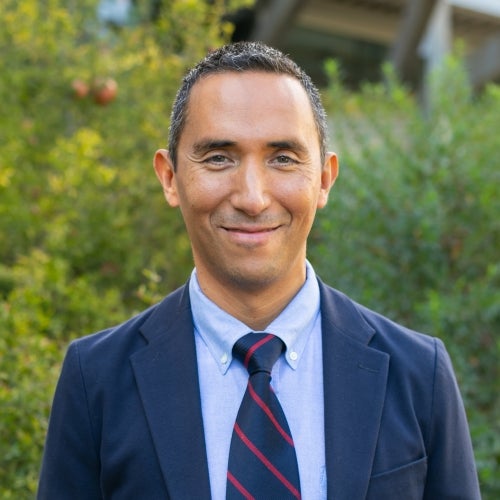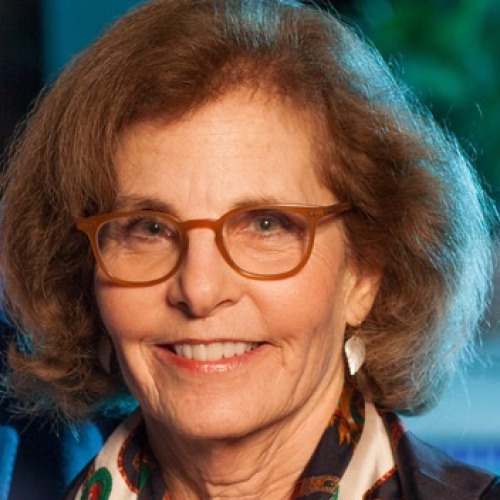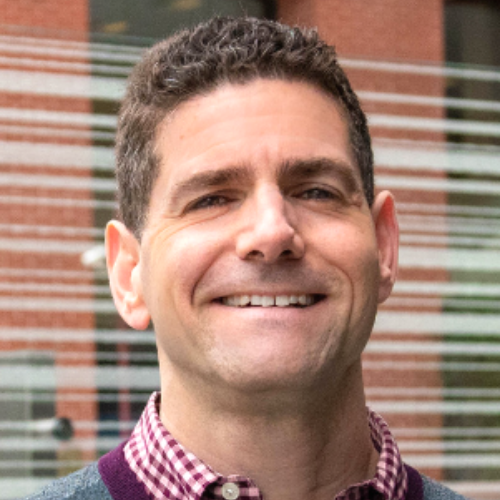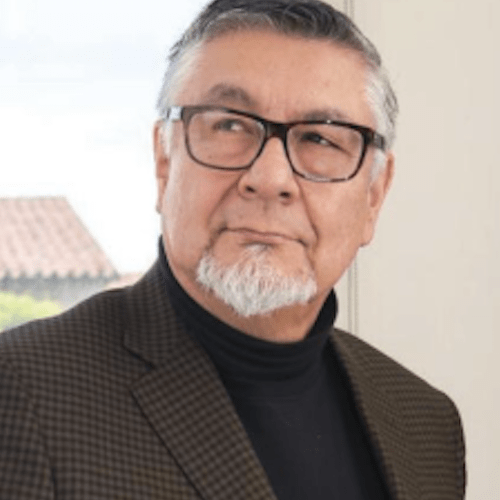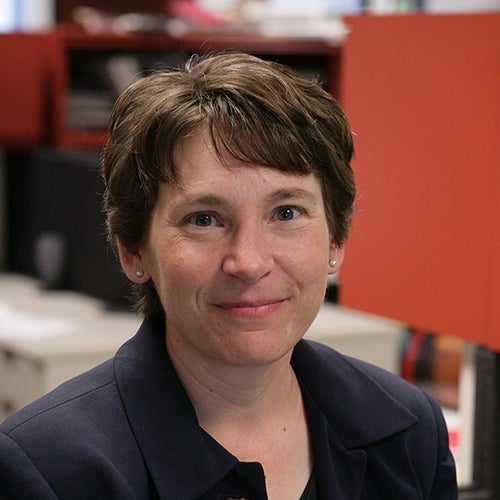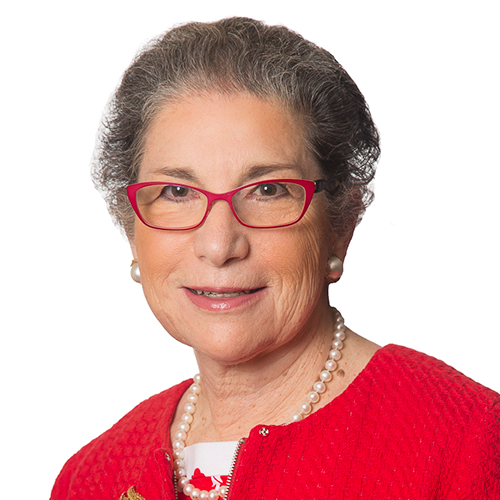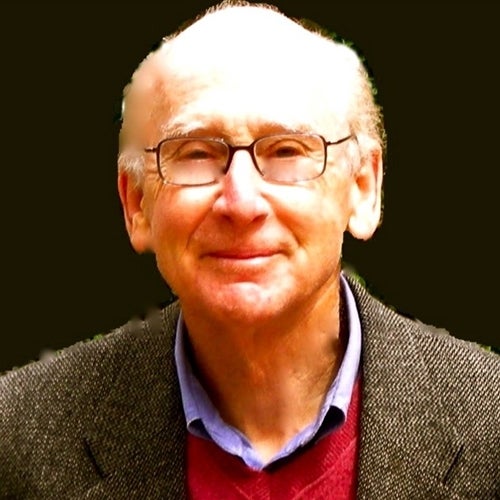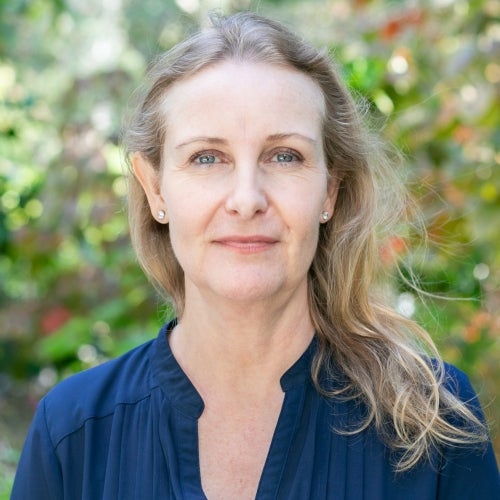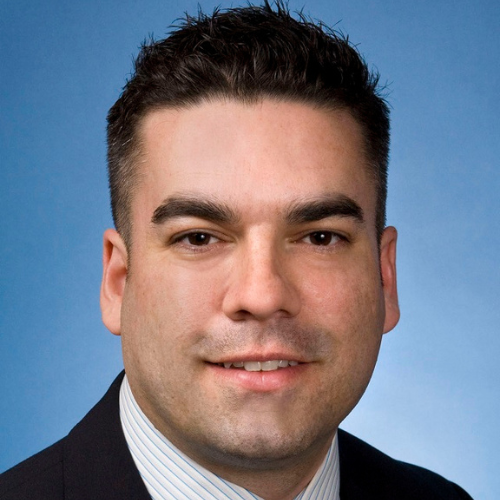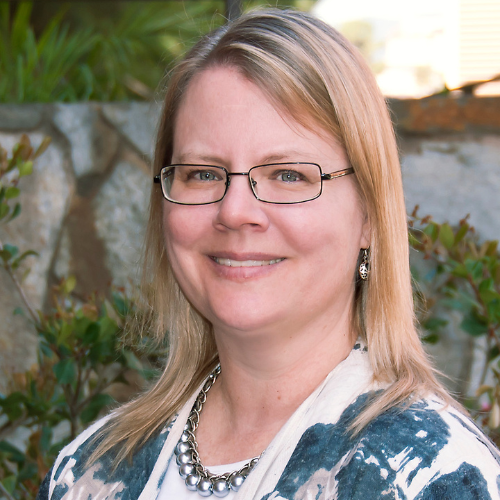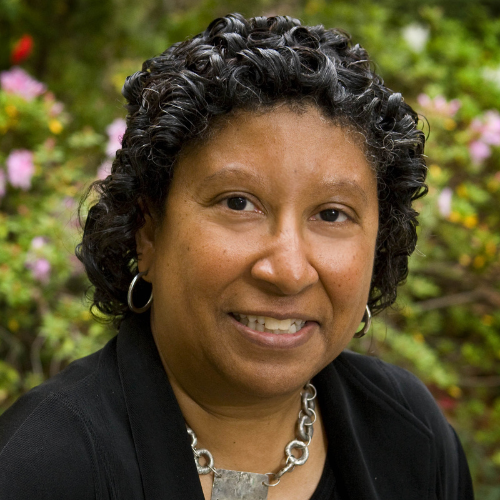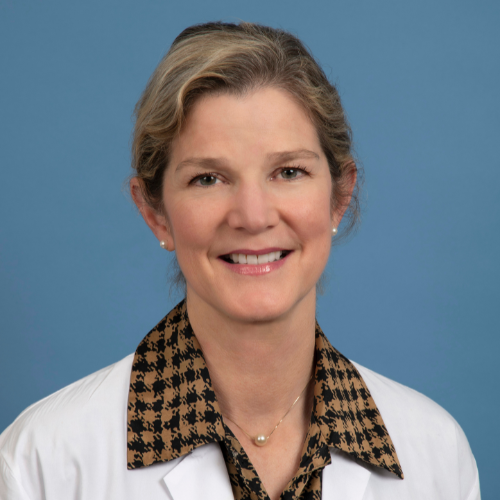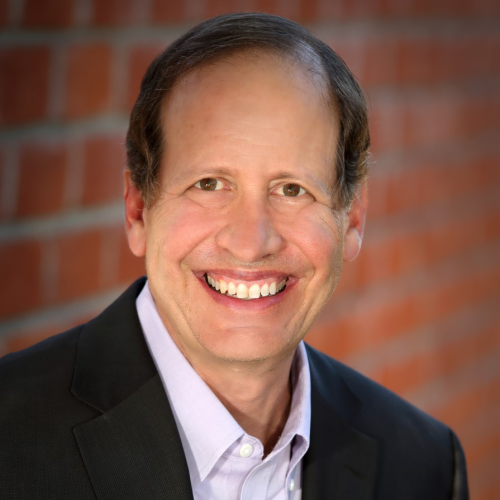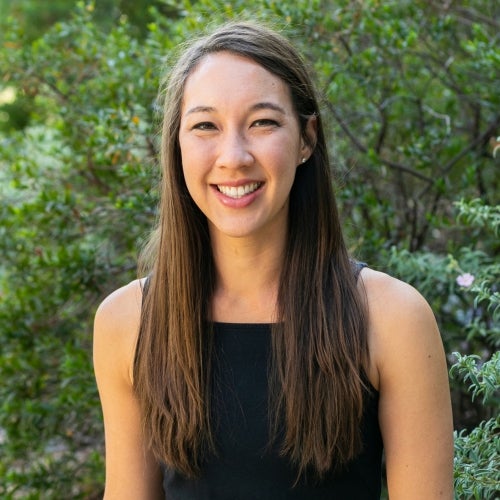State of Progress
As California continues to counter the national trend by seeking new ways to expand health insurance coverage and benefits, the Fielding School serves as an invaluable resource.
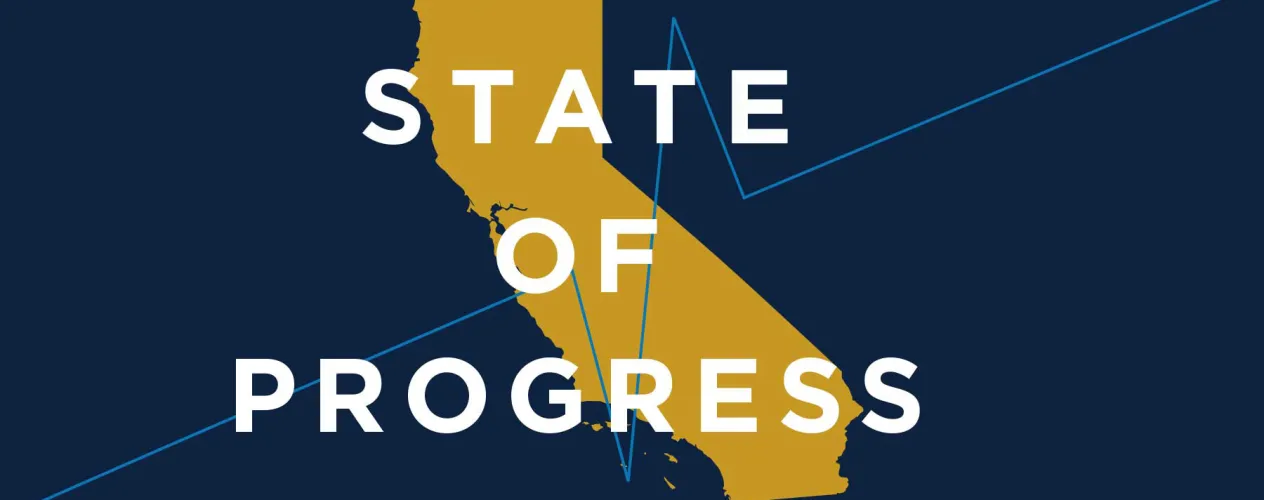
THE PERCENTAGE OF PEOPLE IN THE UNITED STATES without health insurance rose from 7.9 in 2017 to 8.5 in 2018 — the first year-to-year increase since 2009, just before the Patient Protection and Affordable Care Act (ACA) became law. But at a time when the ACA has been weakened federally, California has bucked the national trend. Between 2013 and 2018, the uninsured rate for Californians under age 65 was nearly halved, according to a recent analysis by FSPH’s UCLA Center for Health Policy Research (CHPR), which noted that despite the national increase in 2018, the state’s uninsured rate remained at a historic low.
That’s thanks to bold steps taken by California lawmakers. Among other things, the most recent state budget included funding to increase the subsidies in Covered California (the health insurance exchange established by the ACA), making health insurance more affordable for a wider swath of the population. California also became the first state to extend Medicaid coverage to undocumented young adults, building on legislation from 2016 that made undocumented immigrant children Medicaid-eligible. “These are significant initiatives to stabilize the ACA and expand coverage in the absence of federal support,” says Gerald Kominski, FSPH professor of health policy and management and a senior fellow at CHPR.
In these and other efforts by the state to expand health insurance coverage and benefits, the Fielding School has been a vital resource.
During the run-up to ACA implementation, Kominski worked with colleagues at UC Berkeley to create the California Simulation of Insurance Markets (CalSIM) program, a micro-simulation model to estimate eligibility and enrollment under the law, along with the impacts of proposed policy changes on coverage. Covered California, which helped to fund CalSIM, relied heavily on the model at a time of great uncertainty about the volume of people who would enroll when the state exchange opened for business in October 2013. CalSIM proved highly accurate in projecting that 1.2 million would sign up in the initial enrollment period — the final number was 1.22 million subsidized enrollees.
Kominski, who continues to serve as CalSIM’s principal investigator, says that the model’s role in guiding Covered California has evolved. “It’s one thing to estimate the potential eligibility of the population, but Covered California wants to know who are the remaining eligible uninsured and who is most likely to sign up, demographically and geographically, so that they can target their advertising and outreach,” Kominski says. In the last year, he adds, the CalSIM group has been among those asked to model the potential effects of ACA expansions that were considered and ultimately enacted by the state.
 Both CalSIM and the CHPR-administered California Health Interview Survey have been critical sources of information fueling the work of another key player in the state’s ongoing efforts to expand health insurance benefits. The California Health Benefits Review Program (CHBRP) responds to requests from the state Legislature to provide independent, nonpartisan analyses of the medical effectiveness, cost, and public health impacts of proposed health insurance benefit mandates and repeals. CHBRP draws from experts throughout the University of California system, who work with actuarial consultants to complete each analysis during a 60-day period. Nadereh Pourat, FSPH professor of health policy and management and CHPR associate director, oversees the cost group as vice chair, a position previously held by Kominski.
Both CalSIM and the CHPR-administered California Health Interview Survey have been critical sources of information fueling the work of another key player in the state’s ongoing efforts to expand health insurance benefits. The California Health Benefits Review Program (CHBRP) responds to requests from the state Legislature to provide independent, nonpartisan analyses of the medical effectiveness, cost, and public health impacts of proposed health insurance benefit mandates and repeals. CHBRP draws from experts throughout the University of California system, who work with actuarial consultants to complete each analysis during a 60-day period. Nadereh Pourat, FSPH professor of health policy and management and CHPR associate director, oversees the cost group as vice chair, a position previously held by Kominski.
“Frequently, policymakers have to rely on back-of-the-envelope calculations and anecdotal evidence to make policy decisions,” says Pourat, whose group focuses on the impact of proposed benefit expansions on premiums, out-of-pocket costs, and overall insurance coverage. “CHBRP has been tremendously important in providing the California governor and Legislature with a rigorous analysis of the potential impacts of proposals based on existing evidence, as well as any unintended consequences, so that there can be an informed debate leading to the best possible determinations.”
Originally authorized in 2002, CHBRP carries a sunset date but has been reauthorized each time it has come up for renewal — a testament to how highly it is valued by the state’s lawmakers and health plans alike, Pourat says.
Assemblymember Jim Wood, chair of the California Legislature’s Assembly Health Committee, praised the work of Pourat’s team and CHBRP in general. “The California Health Benefits Review Program is an invaluable resource for legislators like me,” Wood said in a statement. “When we need the independent actuarial talents and expertise of its analytic staff to assess the impact of proposed legislation on health insurance benefit mandates and repeals, we accept their analysis with a high level of confidence.”
Faculty Referenced by this Article
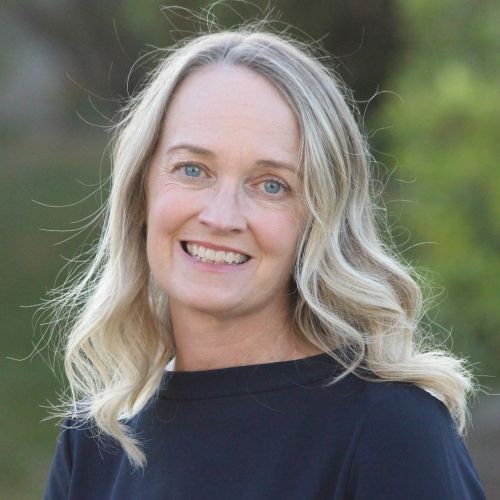
EMPH Academic Program Director with expertise in healthcare marketing, finance, and reproductive health policy, teaching in the EMPH, MPH, MHA program

Professor of Community Health Sciences & Health Policy and Management, and Associate Dean for Research
Nationally recognized health services researcher and sociomedical scientist with 25+ years' experience in effectiveness and implementation research.

Dr. Ron Andersen is the Wasserman Professor Emeritus in the UCLA Departments of Health Policy and Management.

Dr. Michelle S. Keller is a health services researcher whose research focuses on the use and prescribing of high-risk medications.




